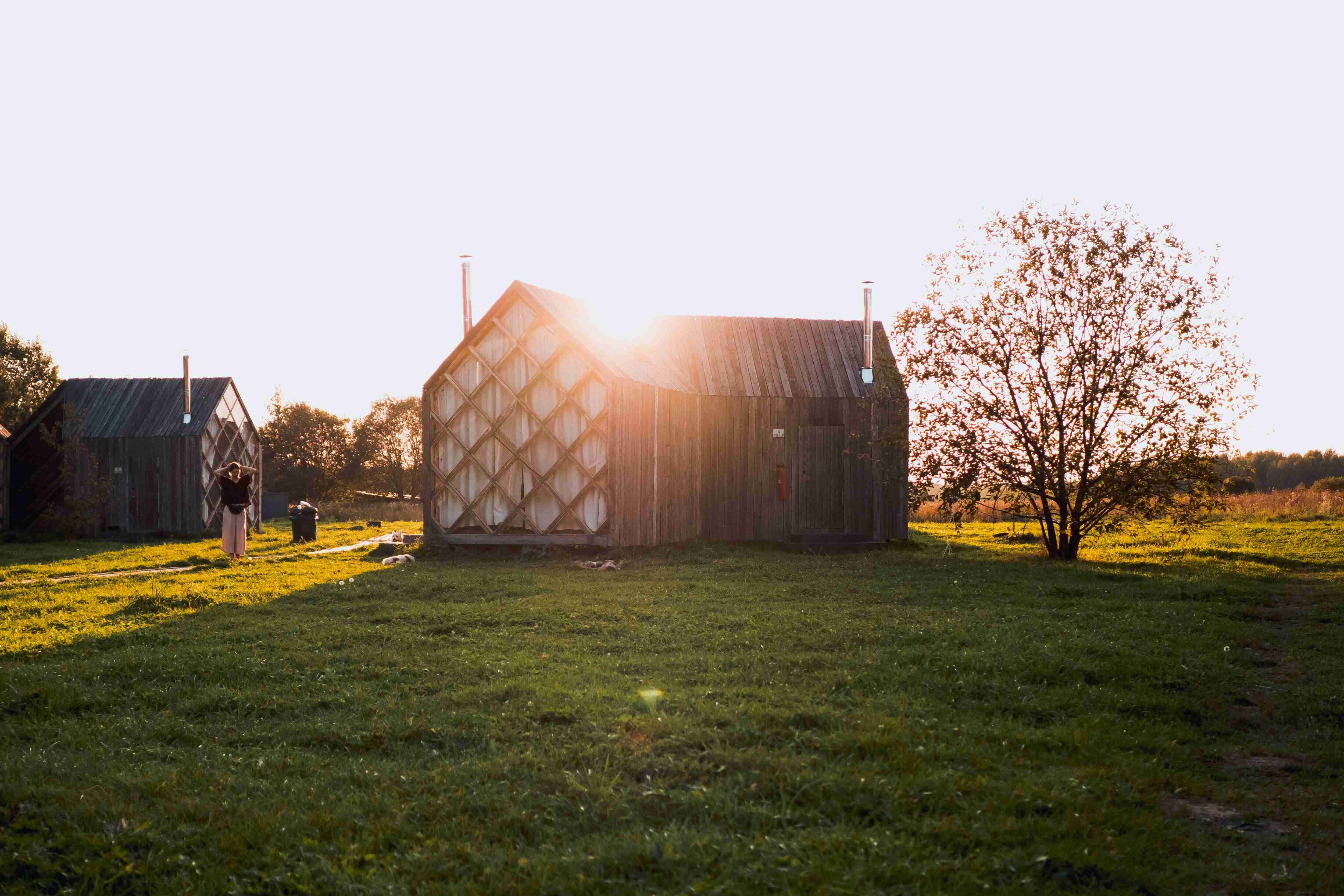

The Impact of COVID-19 on the New York Real Estate Market
The COVID-19 pandemic has significantly impacted the New York real estate market. The widespread economic uncertainty and changes in lifestyle brought about by the pandemic have led to notable shifts in the demand for residential and commercial properties in the city.
One of the most significant impacts has been on the rental market. With remote work becoming more prevalent, many individuals and families have sought larger living spaces outside of the city, leading to a decrease in demand for rental apartments in Manhattan and other urban areas. As a result, rental prices have declined, and landlords have had to offer incentives such as reduced rent or waived fees to attract tenants.
On the other hand, the market for single-family homes in the suburbs and surrounding areas has experienced increased demand. Many city dwellers are looking to relocate to less densely populated areas to have more space and access to outdoor amenities. This has driven up prices for suburban homes and created a competitive market for properties outside of the city.
Commercial real estate has also felt the impact of the pandemic. With businesses implementing remote work policies and reassessing their office space needs, the demand for commercial properties in Manhattan has decreased. Many companies have subleased or downsized their office spaces, leading to a surplus of available commercial real estate in the city.
Overall, the New York real estate market has seen a shift in preferences and priorities as a result of the COVID-19 pandemic. While urban rental properties have faced challenges, suburban residential properties have experienced increased demand. The long-term effects of these shifts on the market remain to be seen as the city continues to adapt to the changing landscape.
Related Posts
© 2025 Invastor. All Rights Reserved

User Comments